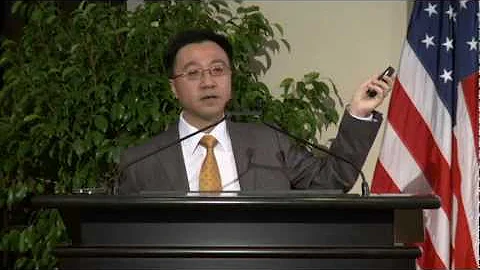We have seen the Li-Fi system that wirelessly transmits data through the flickering light mode. An Saudi Arabian team has created a less energy-intensive alternative that can use modulated sunlight to replace traditional Wi-Fi. Currently being developed in King Abdullah University of Science and Technology (KAUST), the system utilizes the " smart glass " component called dual-unit liquid crystal shutter (DLS).

These elements can quickly change the polarity of sunlight passing through them, and it is conceivable that they can be used in large rooms such as offices. The back and forth change of
polarity is the same as the 1 and 0 in the binary code, and it is said that the human eye cannot detect it. Although tests have shown that they can be detected and decoded by smartphone cameras. In contrast, changes in artificial light intensity have their limitations, and if the frequency of the change is too low, it can be visually perceived as an unpleasant flickering effect.
Importantly, traditional Wi-Fi routers use 5 to 20 watts of power, while DLS uses only 1 watt of power. According to scientists, this amount can be provided by a small solar panel . Of course, the system can only work when the sun is shining, so it may be used to save energy during the day, and once the sun sets, alternative Wi-Fi will be activated.
calculation shows that in the current form of the device, it can transmit data at a speed of 16kb per second, but this is only temporary and the speed increase will be very fast in the future. "We are now ordering the necessary hardware for the implementation of the test bed prototype. We hope to increase the data rate from kilobits per second to millions and gigabits per second," said Associate Professor Basem Shihada, chief scientist at
.
The paper on this study was recently published in the journal IEEE Photonics.











